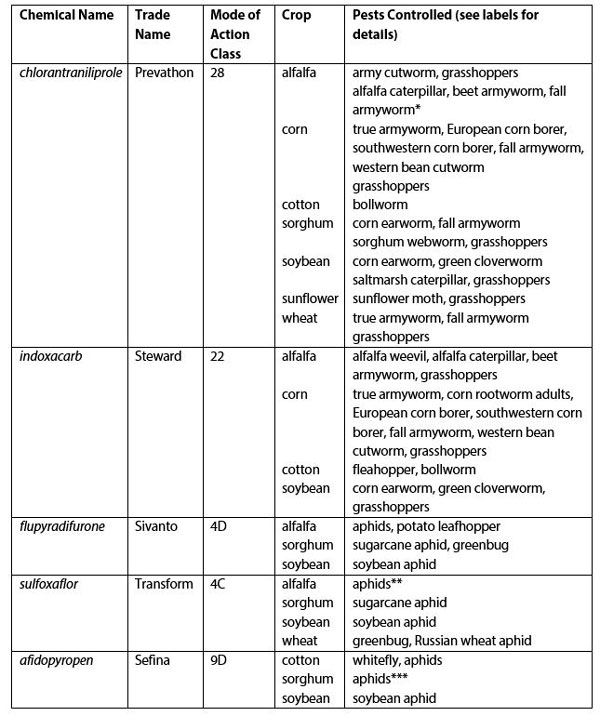A final ruling made by the EPA in August will remove the organophosphate insecticide chlorpyrifos as an option for agricultural pest control nationwide. This final rule was effective as of October 29, 2021, and the tolerances for all commodities will expire on February 28, 2022. In explaining how the EPA arrived at the conclusion to revoke all tolerances, they provided the following information.
“Based on currently available data and taking into consideration all currently registered uses for chlorpyrifos, the EPA cannot determine that there is a reasonable certainty of no harm from aggregate exposure to chlorpyrifos. The agency’s evaluation indicates that currently registered uses of chlorpyrifos result in exposures exceeding the safe levels of exposure, and thus have the potential to result in adverse effects. The final rule revokes tolerances and will reduce risks to our most vulnerable populations, including children, by reducing chlorpyrifos exposure via food and drinking water.”
After the tolerances are revoked, sale and distribution of chlorpyrifos products labeled for use on food crops would be considered mislabeled, making it a violation of the Federal Insecticide, Fungicide, and Rodenticide Act (FIFRA) to sell and distribute those products. Additionally, new applications of chlorpyrifos will result in any food or feed that is treated to be considered adulterated and unfit to be distributed.
Chlorpyrifos, known to many as Lorsban, is a broad-spectrum insecticide which kills insects upon contact by disrupting the function of the nervous system. Nationally, the use of this pesticide has been declining for the last decade and in 2020, Corteva Agriscience announced it would end production of the chemical. In Kansas, chlorpyrifos has been used to control insect pests in all major agricultural commodities.
Alternative insecticides
Aside from various pyrethroid insecticides, there are other effective chemicals with different modes of action that will be available to control the pests that chlorpyrifos once did (Table 1). Chlorantraniliprole (Prevathon), indoxacarb (Steward), flupyradifurone (Sivanto), sulfoxaflor (Transform) and afidopyropen (Sefina) are more selective and have less impact on beneficial insects such as pollinators and those that are important for keeping pest populations in check. Please refer to the most recent KSRE Insect Management Guides for specific control information. Most importantly, in order to maintain the efficacy of these products, be sure to practice proper rotation, as repeated use of one product or the same mode of action will ultimately lead to the development of resistance in our pest populations. Be sure to follow all directions on the labels for proper use of any chemical.
Table 1. Additional registered products to include in rotations with existing organophosphate and pyrethroid insecticides for pest control in Kansas crops. For more specific information relative to any insecticide, always refer to the actual label on the product. *FIFRA 2(ee) valid until 2026 or until withdrawn. **supplemental label expires July 1, 2022 ***supplemental label expires October 31, 2023

Anthony Zukoff, Extension Entomology Associate – Garden City
azukoff@ksu.edu
Tags: EPA insecticide insect control